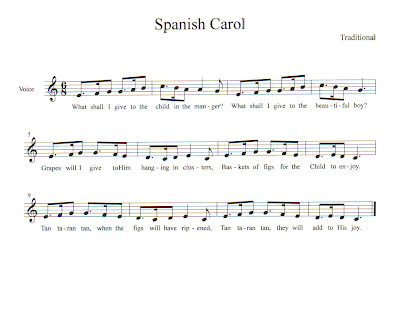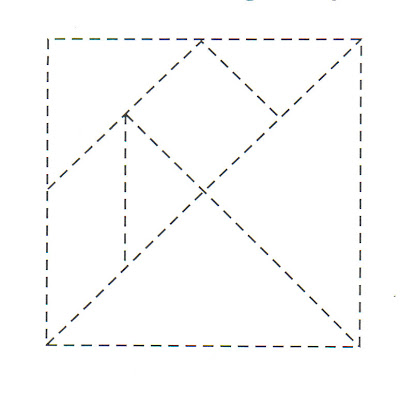Nursery rhymes hopefully form a big part of your students' repertoire by the time they reach grade one. If not, you can correct the situation by teaching nursery rhymes set to music.
The music for "Pussy Cat, Pussy Cat" is wonderful! The melody line is great for teaching the students to sing the ascending and descending scale.
If you own our primary book,
The Key to Your Primary Music Program, you can find how to sing up to the starting note. This song does not begin on
do, rather it begins on
so. (If this explanation means nothing to you, you need to buy our book! I didn't know what "starting on
do meant, either, and that was one of the reasons for writing our primary book.)
Once your students have learned this melody, teach them the following poem and have them sing it to the tune for "Pussy Cat".
Snowflakes are filling, are filling the air,
Look at the footprints I see over there.
Is it a rabbit, or is it a bear?
Come let us follow it back to its lair!
I taught my students to play some of the songs they learned on the glockenspiel. They loved playing this song. I transposed it to the Key of C so that it would work on the glockenspiel in our classroom.
You don't need to be a musician to do this(but you
do need to be able to count!): just count down 4 from every note. The starting note would then be G and so on.
For the students to play the notes on the glockenspiel, I printed the words on a card with the corresponding note names above.
Click on the image to enlarge and print.










.jpg)








